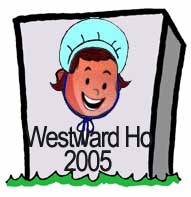If you choose to dine here you are most likely coming for the views. Those are spectacular and...
The Casino Boy Graveyard
Ahh, the Casino Boy Graveyard .... Woooooo-woooo. Do you hear the eerie, bone-chilling wind? Boo! What was that?! Folks, I get the chills just wandering around in here, among the tombstones of clip joints and fancy gambling halls that have gone on to the big Strip in the sky. Stay and wander around for a while, if you dare. Visit the rotting bones of Las Vegas hotel past where money was won, money was lost, and the good times came down when the walls did. All of the places described were open while Cheapo Vegas was going. So, I guess at least we outlasted them...
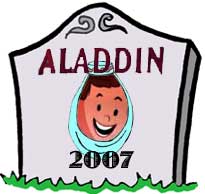
Aladdin
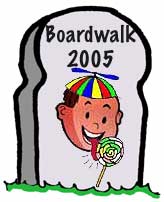
Boardwalk
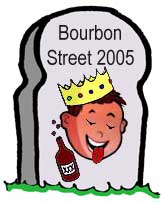
Bourbon Street
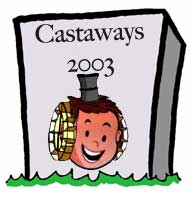
Castaways
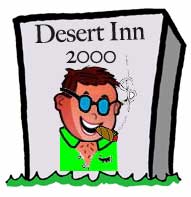
Desert Inn
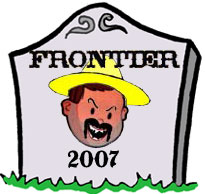
Frontier

Gold Spike Downtown Las Vegas
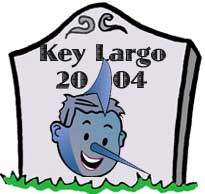
Key Largo
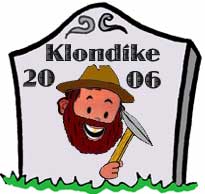
Klondike
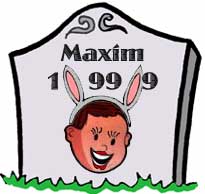
Maxim
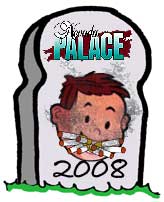
Nevada Palace
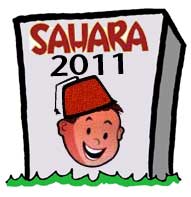
Sahara
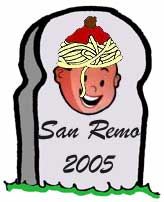
San Remo

Stardust

Vacation Village
